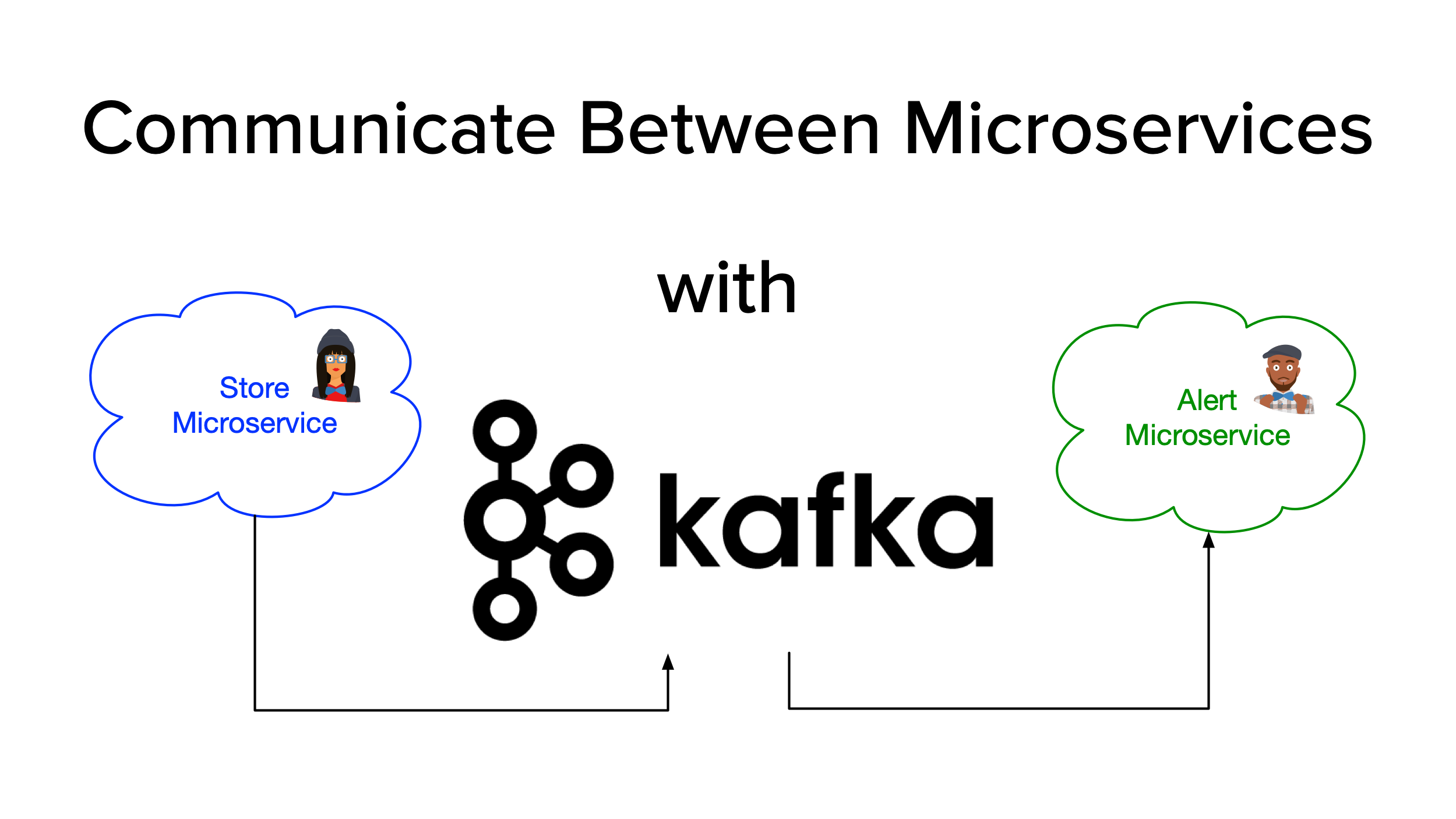A Secure and Themed Sign-in Page

Creating secure applications requires authentication. Delegating all the tedious details of the sign-in process to Okta is the most secure method to authenticate, not to mention speedier for development. So you’ll see us advocating for and using the Okta-hosted sign-in page in our blog posts. But the default sign-in page can look too different from the personality you have in your application. And the login URL redirects to a domain outside your application, which is...
How to Build a Secure React and Fastify API App

The National Aeronautics and Space Administration (NASA) is an independent agency of the US federal government, responsible for space exploration and research, with field facilities across the United States. In this tutorial, we’ll set up an app to keep track of what NASA facilities we’ve visited and which ones we still want to check out. Our app will be a monorepo with Okta authentication, using React for the frontend and Fastify for the backend. Fastify...
Secure Secrets with Spring Cloud Config and Vault

In 2013, GitHub released a search feature that allows users to scan code in all public repositories. A day after the release, however, they had to partially shut it down. It was speculated that the shutdown was because the feature allowed any user to search for all kinds of secrets stored in GitHub repositories. Later, in 2014, data on 50,000 Uber drivers was stolen. It seems someone got access to the company’s database using login...
Quick JavaScript Authentication with OktaDev Schematics

Hello, My name is Matt Raible, and I am a developer advocate at Okta. In early 2019, I created OktaDev Schematics to simplify my life when doing Angular demos. But let me step back a bit first. I’ve worked at Okta for over five years; before that, I was an independent consultant for 20 years, mainly doing Java and web development for clients. I’ve learned a lot about OpenID Connect (OIDC) and Okta’s JavaScript SDKs...
Hello Developers, Time to Get Your Oktane On

There are plenty of great reasons for developers to join us in San Francisco for Oktane 22, November 8-10, 2022. We’re back together live and in person—and we’ve built a developer experience with folks like you in mind. Can’t make it to San Francisco this year? Register now for Oktane Online! We’ll be live-streaming the keynotes as well as hosting industry, international, and meet-the-expert sessions. Table of Contents Why come to Oktane Developer workshops and...
Integrate React Native and Spring Boot Securely

React Native is a mobile app framework from Facebook. It allows you to quickly develop apps using React’s API and deploy them to iOS and Android. It allows you to quickly refresh the apps when you make changes and generally offers a pleasant experience for web developers. React Native for Web is a recent addition to the React Native family. It allows you to run your app in a browser and enjoy the browser’s built-in...
Practical Uses of Dependency Injection in Angular

Angular has an extensive system that uses *providers” to add and configure dependencies to the application you’re building. To create providers, you use the built-in Dependency Injection (DI) system. This post will cover Angular’s powerful DI system at a high level and demonstrate a few practical use cases and strategies for configuring your dependencies. Let’s get practical! Table of Contents Quick overview of Dependency Injection Angular’s Dependency Injection system Injection tokens in Angular Configuring providers...
Micro Frontends for Java Microservices

Microservices have been quite popular in the Java ecosystem ever since Spring Boot and Spring Cloud made them easy to build and deploy. Things have gotten even easier in recent years with the proliferation of new Java frameworks built specifically for microservices: MicroProfile, Micronaut, Quarkus, and Helidon. Not only do these frameworks provide an excellent developer experience, but they also tend to have built-in Docker support. They even work with GraalVM, so you can compile...
Communicate Between Microservices with Apache Kafka

One of the traditional approaches for communicating between microservices is through their REST APIs. However, as your system evolves and the number of microservices grows, communication becomes more complex, and the architecture might start resembling our old friend the spaghetti anti-pattern, with services depending on each other or tightly coupled, slowing down development teams. This model can exhibit low latency but only works if services are made highly available. To overcome this design disadvantage, new...
Introducing the New Okta Mobile SDKs

For years the Okta OIDC SDK was the primary tool mobile developers used to integrate their apps with Okta, but as with all things in life, entropy takes its toll. Over time, as platforms and languages change, or new features become available, a refactor is required. Today we’re proud to announce that the Okta Mobile SDKs for Swift and Kotlin are now available! Recent advances at Okta, such as support for Device Single Sign On...